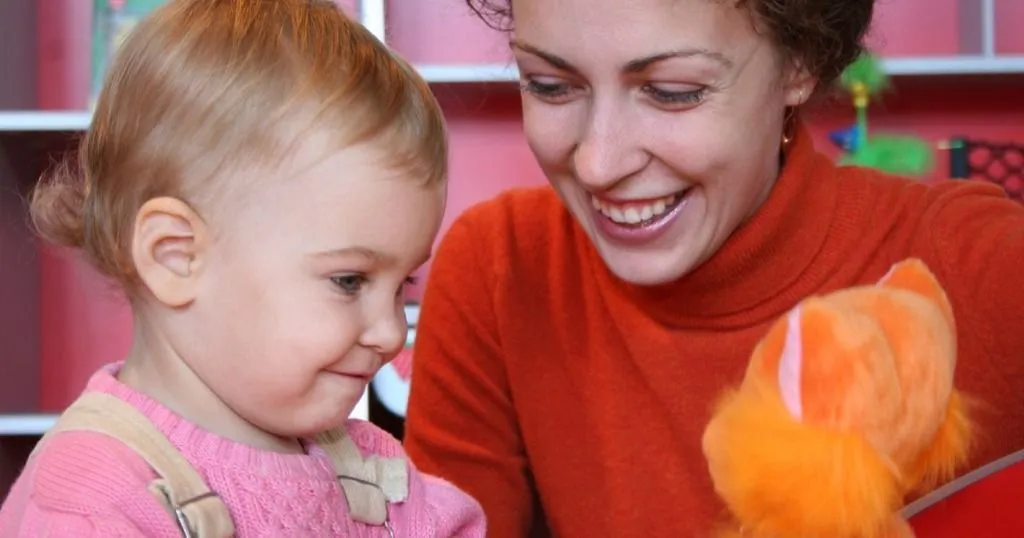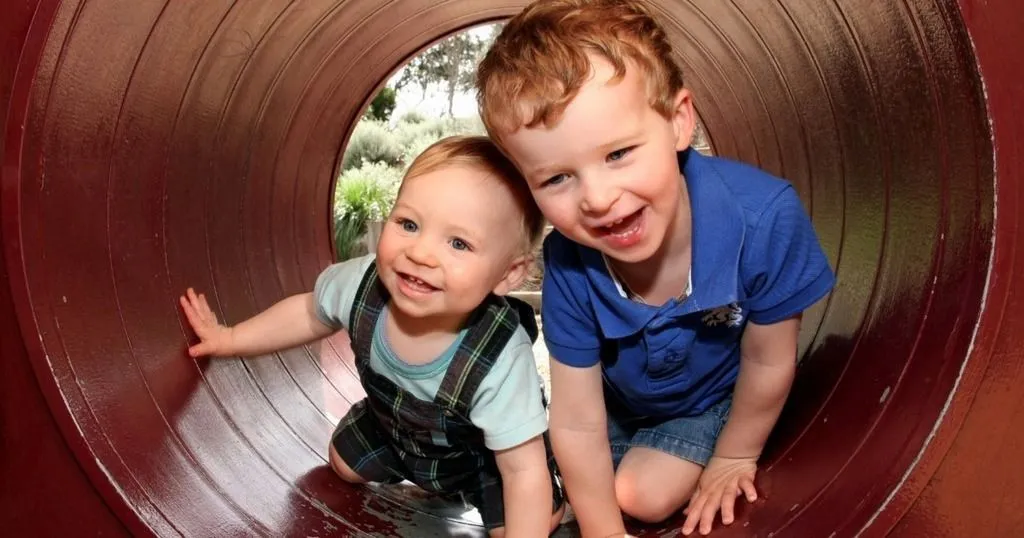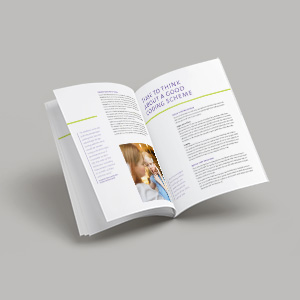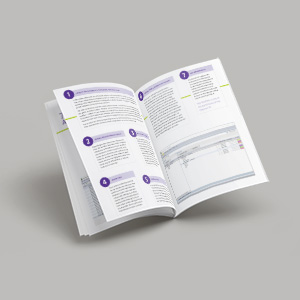The New Jersey Families Study: unlocking the black box

Families are children's first teachers and home is their first school. Often we wonder or guess how such teaching is going. The NJFS, performed by the University of Princeton, offers insights.
Posted by
Published on
Mon 07 Nov. 2022
In the first years of their life, parents, caregivers, or other persons in a custodial role are the most influential when it comes to a child’s general development. Providing encouragement, support, and access to activities that enable the child to learn key developmental skills is one of the parent’s responsibilities. It helps children get off to a strong, healthy start in life.
Families are children's first teachers, and home is their first school. However, often we wonder or guess how such parenting and teaching is going. We do not know exactly what goes on in a family at home and how parent-child interactions go. Kind of a black box idea.
An in-home naturalistic observational study
To be able to unlock this black box, a research group at the Office of Population Research of Princeton University, Princeton, NJ, USA, set up the New Jersey Families Study (NJFS). A video ethnographic examination of how families support their pre-school children's early learning.
Ethnography is a type of qualitative research that involves immersing yourself in a particular community or organization to observe their behavior and interactions up close. In this study, the particular community consisted of twenty-one families with a child aged 2-4 years old.
The participating families agreed to have their behaviors and interactions observed in their own home environment for two weeks of their daily life. Cameras and microphones were located in up to four rooms and were activated throughout the day and evening.
To enrich the video data, the research team collected survey and interview data during six points of contact with the families.
Advantages of this innovative ethnographic study
Ethnography is a useful approach for learning first-hand about the behaviors and interactions of people within a certain context. It allows exploring many different aspects.
The research team emphasizes that video ethnography reduces the social desirability bias that can sometimes surface in survey responses when either respondents give answers to make themselves appear in a more favorable light or that they believe researchers want to hear.
Another advantage of this newer mode of data collection is that it does not require participants to remember what happened or when. Besides, observing families in their daily routines has the potential of capturing spontaneous events and behaviors that researchers might not have thought to ask about in standard surveys.
The New Jersey Families Study breaks new ground
With the NJFS, the researchers aim to make two contributions: first, to the understanding of early childhood development and education and, second, to the emerging science around big data.
1. Understanding early childhood development
The more than 11,000 hours of in-home video recordings shine a bright light on parent-child interactions. Behaviors that are influential in the formation of children's cognitive and social-emotional skills were observed, coded, and analyzed. This included behaviors such as:
- the amount of talking and reading parents do with children
- children's sleep routines
- children’s diets and nutrition
- children’s exposure to electronic screen time
- structures and routines at home
- the way that stress outside the home affects parenting practices
This unique study will lead to a better appreciation of the daily struggles facing many families and thereby help schools become more “children-ready”.
Complete software for behavioral research
With The Observer XT at the core of your lab, you can code such behaviors accurately on a timeline, from multiple videos including audio, and integrate data modalities such as eye tracking or emotion data, and visualize and analyze your results all together.
Using The Observer XT, the GOLD STANDARD for coding and analyzing behavior, will higher the probability that the results of your study will be published in a high impact paper.
2. Building a user-friendly, searchable database
This study has generated a huge amount of digital data (video, audio, etc.) which can serve as a model for future research projects. Therefore, all 504,000 individual video clips will be housed in a searchable database, attached with a variety of metadata derived from room views, data and time stamps, and household demographic and socioeconomic characteristics. Using a manageable set of filters based on the metadata facilitates easy access to the video clips.
NJFS video data are securely stored on Citadel, Princeton's new secure and compliant research data infrastructure environment. Use of this data will be restricted-access, not public-use.
Setting up a coding structure
The research team conducted two focus group sessions in order to receive input on the development of a coding structure for the project’s video data set and other insights about how the data could be best organized to support work of those in the field. They suggested using three categories:
- Participants, e.g. target child, mother, father, sibling, non-family member.
- Activity and behavior, e.g. media and screen time, mealtime, grooming, movement, playtime and cognitive stimulation, sleeping.
- Interaction periods, e.g. joint engagement, serve and return interactions, moments of potential connection and reciprocity.
The goal is that the NJFS becomes a community resource that is made available as soon as possible. This will allow researchers to further develop the understanding of the roles of parent-child interactions, family dynamics, and the home environment in helping young children get off to a strong and healthy start in life.
References
- New Jersey Families Study, Princeton University, Princeton, NJ, USA
- Kim. C.H. (2021). A Report on the New Jersey Families Study’s Focus Groups from December 2020. New Jersey Families Study, Office of Population Research, Princeton University
- What Is Ethnography? | Definition, Guide & Examples
Related Posts

A closer look at eye contact

5 tips to help behavioral researchers comply with privacy legislation



